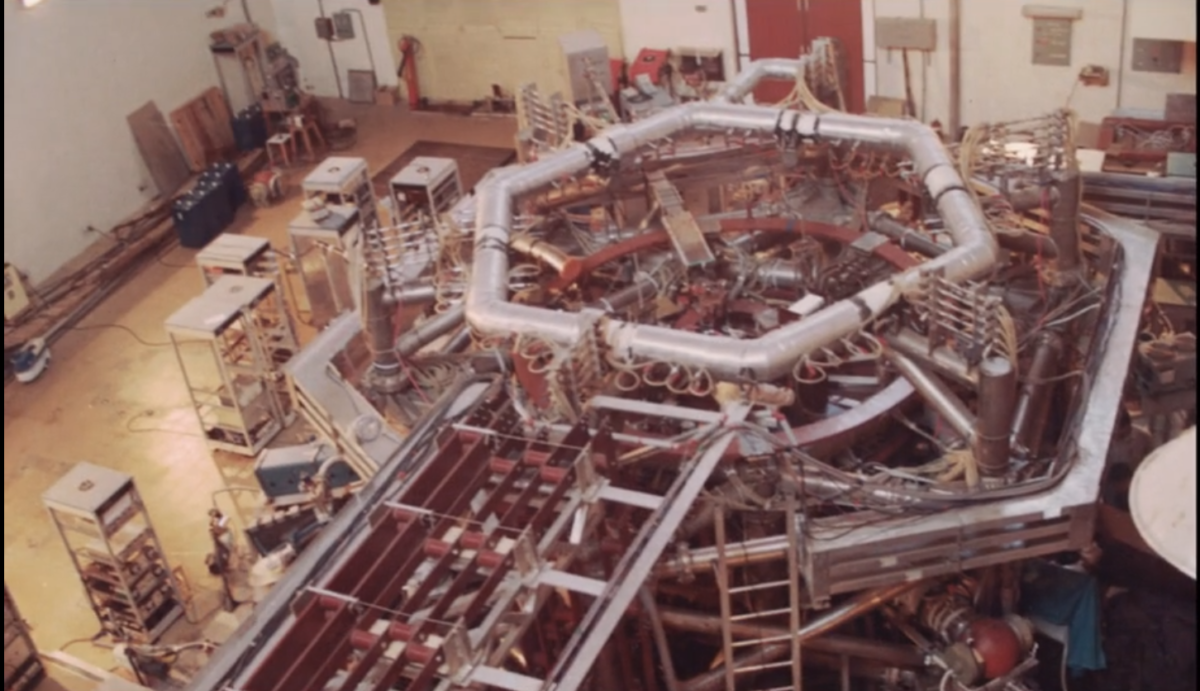This blog talks about how we started to notice sparks at different locations on the top of the machine, which had nothing to do with insulation failures but improper grounding and kept us clueless for a long time.
ADITYA Tokamak operations started to move in parameter space after we solved many problems affecting its performance. Please read these blogs to know about them:
- 5 Days Miracle in Nuclear Fusion Reactor(ADITYA Tokamak) – This helped in optimizing parameters to get longer discharges with flat top
- Rural technology helps fusion reactor! – This helped in reducing the noise due to improper maintenance of grounding system and improved the number of successful discharges from 20% to 100%
- How a “Photo” brought ADITYA Tokamak(Nuclear Fusion Reactor) back from death! – It helped in solving a major weakness in the insulation system of a critical magnet coil, that was limiting operational space
- Mystery of Error Fields in ADITYA Tokamak(Nuclear Fusion Reactor)! – This helped in understanding of a major design fault that impacted all aspects of machine operation
All these helped us improve the machine parameters and make it operate at higher parameters. One day we suddenly notices a spark on the top of machine. We stopped the machine and examined in the area, if there were any insulation failure and subsequent burn in the area due to spark. We could not notice any such thing. We tested insulation again and it was all fine.
We started power supply again and after some time we noticed spark again as we moved to higher parameters. These sparks were not at the same location and used to dance around like a “Ghost”! We were clueless as to what was happening.
We put cameras and stood around the machine keeping safe distances. Some went on the top of crane platform with camera to record top view of the machine, where “action” was happening. It did not give any more info. Then we felt that it had nothing to do with insulation but most likely something to do with grounding system.
Grounding system in ADITYA was very complex. Machine was divided in three segments of 120 degree each. Each segment had to be electrically separated.When we started investigating, we found that only two segments were not electrically isolated. Investigating to find out the place where they were getting connected. Over several days, we kept removing various cables and others that were connecting to ground to some way in other. It was very frustrating to say the least. But after painstaking effort of several days, we had located the culprit and solution was trivial!
To connect the various components of machine to structure, a number of spacers along with nut bolts were used. Systematically some of them had a insulating block along with a metal block sandwiched together.Metal block was at the upper position. At one place where segments, that needed to be electrically separated, had the metal block touch across them as the block was put there. Everywhere else it did not matter but at the location, it simply connected the two segments and sorted them electrically. We simply had to reverse the block and electrical separation was achieved.
During assembly process, care should have been taken to keep checking the electrical isolation across segments but somewhere that protocol was not followed and whole assembly was done.
We reconnected everything and put the machine back to operation. Ghost sparks were no more visible!
Following protocol during assembly of such complex system and recording them as well is critical. In India, we tend to ignore such things in trying to rush but it costs a lot more in terms of time and money later on!

